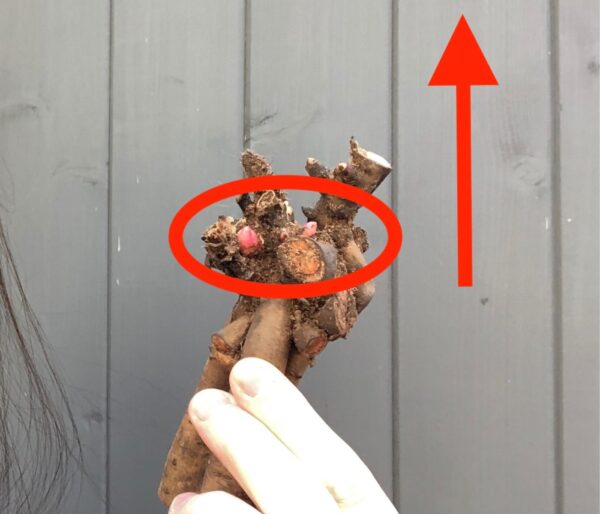Autumn Beauty is a variety of sunflowers known for their picturesque ombre yellow-orange-brown petals. The plants are low maintenance, sturdy, and easy to grow in the full sun. They bloom in the late summer and early fall. The color of the flowers is a beautiful mixture of reds, yellows, and warm oranges that is reminiscent of autumn leaves.

Autumn Beauty sunflower basics
Autumn Beauties are sunflowers that don’t require much effort to grow. They can be grown in any zone and are sturdy plants. They typically bloom from late summer all the way into fall, hence the name “Autumn Beauty.”
Their color is a beautiful mixture of reds, yellows, and warm oranges reminiscent of fallen leaves in the fall. They don’t look like the stereotypical yellow sunflowers you normally think of, but they are just as bright and beautiful.
They can include bright yellow, bronze, and even purple shades with some bi-colors. This type of flower will also attract butterflies, honey bees, and hummingbirds due to its multiple blooms, which are nectar-rich.
This particular variety will grow anywhere from 5 to 10 feet (60 to 120 inches) tall. They will produce very large, bold flower heads up to 8 inches across. The stem length is anywhere from 12 to about 40 inches long.
Autumn Beauty is a branching type of sunflower. This means that they produce many different flowers instead of just one, and they produce many long stems.
In addition to all this, sunflower plants are actually edible. The flower buds can be fried. The petals can actually be used as a garnish in salads and desserts too. The flavor of the flower is somewhat bittersweet, though, so add it to the food accordingly!
This is an open-pollinated type of sunflower. This means that they are a non-hybrid variety, and they can reproduce themselves in kind. As they do this, they demonstrate relatively stable traits through each generation.


How to plant sunflowers
Sunflower seeds usually take about a week to germinate. They germinate faster in warm soil, such as about 70 to 75°F (or 21 to 24°C).
Growing these plants directly from seeds is recommended rather than buying baby seedling plants at the nursery. The seeds should be planted after the last frost. They should be sowed about a half-inch deep. Plant them straight in the soil outdoors if possible (not indoors in seedling trays).
You can sow every 1 to 2 weeks. You can even plant multiple varieties for continuous blooming and harvest of sunflowers.
Autumn Beauty sunflowers should be planted in light and well-drained soil. That said, sunflowers are usually very tolerant of poor soil. You don’t want excessive nitrogen, which can cause problems as the plant grows.

These types of flowers need a lot of full sun. They should have exposure to full sun in order to thrive and be heat tolerant. If that’s not available, they should at least have half sun for as much of the day as possible.

These sunflowers should be spaced out at least 6-12 inches from each other so they have enough room to grow the way they are supposed to if you want them to thrive. You can thin the seedlings out to one plant per foot as they grow. This also applies if you want to plant other seeds, such as grass or wildflower seeds.
Caring for ‘Autumn Beauty’
Caring for ‘Autumn Beauty’ sunflowers isn’t difficult. Regular watering is key, as these sunflowers thrive with consistent moisture. During dry spells, water the plants deeply to promote robust root development, but be careful to avoid overwatering to prevent soggy soil conditions. Applying organic mulch around the base of the plants is beneficial; it helps retain soil moisture, reduces weed growth, and keeps the roots cool.
Support is often necessary for ‘Autumn Beauty’ sunflowers due to their height and relatively thin stems. In windy areas, the tall stems may require staking. Use garden stakes or ties to gently secure the plants, providing stability as they grow.
Fertilization depends on soil fertility. In rich soils, additional feeding might not be needed. If the soil is less fertile, consider a balanced, slow-release fertilizer to support healthy growth. However, steer clear of high-nitrogen fertilizers, as they can lead to excessive foliage growth at the expense of flower production.
Pest and disease management is also a part of the care routine. Regularly inspect the plants for common pests like aphids and caterpillars. Utilize appropriate control methods, whether organic or chemical, to keep these pests at bay. Additionally, be vigilant for signs of fungal diseases, particularly in humid conditions, and apply treatments as necessary.
While ‘Autumn Beauty’ sunflowers typically continue blooming without deadheading, removing spent blooms can promote further flowering and maintain a neat appearance. As the growing season ends, you can cut back the stems. If you’re interested in seed harvesting, leave some dried flower heads on the plant, then collect the seeds for future planting.






